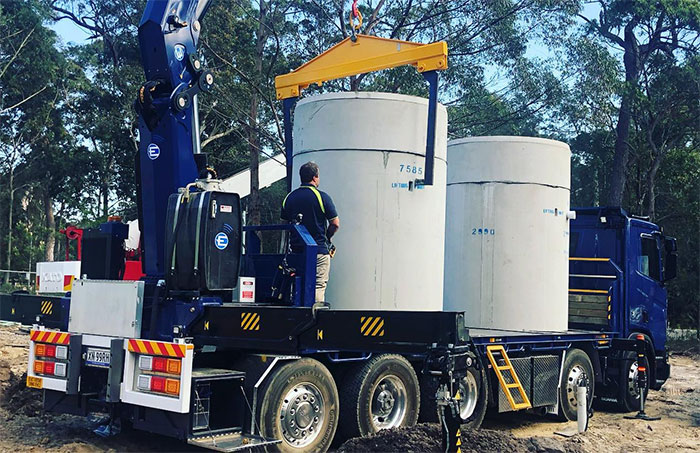Water Smart Gardens
Many Australian homes face limited rainfall and ongoing water restrictions. These conditions can have an impact on the health of your home garden. Living Greener, The Australian Government’s sustainability website has provided a number of tips to help design and maintain a water smart garden, which can be very rewarding and save you money, time and effort.
Planning your garden
You can plan and build your garden to take advantage of the climate without sacrificing beauty and variety. See which of these tips works for your situation:
- Group plants together that have similar water requirements. This will help you to give your plants the right amount of water at the right time.
- Plants that use a lot of water are best in a sheltered spot to reduce water loss. Large trees can help shelter your garden and limit evaporation.
- Reduce lawn areas as they need a lot of water to keep them looking good.
- Minimise outdoor paved areas as they can get very hot and dry out nearby soils.
Expert advice on planning and maintaining your garden can make a big difference to your water use and help keep the plants in your garden growing.
Passive design with plants
Garden plants can play an important role in heating and cooling your home using passive design solutions. You can use trees and vines to protect your home from the hot sun in summer. Deciduous trees and vines can let the warmth of the sun into your home in winter after they lose their leaves.
In addition to shading and cooling, passive design can also use plants to direct breezes into your windows in hot weather. You can also use trees to deflect hot or cold winds away from your home to keep you comfortable and reduce your heating and cooling costs.
Plants for your garden
Different plants are suited to different conditions. Native plants that are already adapted to your local climate and soil type are likely to be a safe investment if planted correctly. Plants taken from areas with high rainfall are not likely to thrive in the drier parts of Australia.
Native plants have adapted to Australia’s dry climate and many are happy with very little water. Native plants will also provide habitat and food to encourage birds and insects into your garden.
If you are in a dry area, some plants from other dry countries may also do well. Plants from South Africa, California and the Mediterranean often cope well in Australian conditions.
Soil quality
Dry or low-quality soil can stop water from penetrating to your plants’ roots and can make it difficult for them to grow.
You can make a big difference to the health of plants by improving poor soils:
- Gypsum and sand added to clay soils helps to break up clay and improve drainage.
- Hardy, deep-rooted plants can also help break up poor soils.
- You could use compost or set up a worm farm and use the worm castings to add organic matter to the soil. This will also reduce your need for fertilisers.
If you do need to add fertiliser to your soil, try to use natural methods. Chemical additives are a quick fix but can have negative long term impacts on the environment.
Water crystals and soil wetting agents can increase soil moisture for use by the plants. Soil wetting agents allow water to penetrate dry soil surfaces and prevent run-off, while water crystals help store the water in the soil.
Mulching
Mulching is an important part of a water-efficient garden.
Mulch helps to keep moisture in your soil and helps keep weeds down. There are lots of different types of mulch available including leaves, grass clippings, straw and tan bark. Some mulch breaks down faster than others and can be useful to improve your soil.
Watering
Much of Australia is subject to some level of water restrictions with some watering activities banned all year round. Before you water your garden, make sure that you check with your council or water authority.
You can water correctly by getting to know the requirements of the plants in your garden. Everyone who waters your garden should know which parts need regular water and which parts are better left dry.
If you use an automatic watering system, check all of the pipes regularly for leaks. One drip per second can result in 12,000 litres of water wasted in a year.
Water storing crystals (gel) hold hundreds of times their weight in water. Using water crystals will increase the amount of water available for your plants’ roots after watering.
Share this article with your family and friends to make sure they know how to have a Water Smart Garden.
This article was first published on LivingGreener.gov.au and reposted on www.sydneywatertanks.com.au/archive and www.bioseptic.com.au





